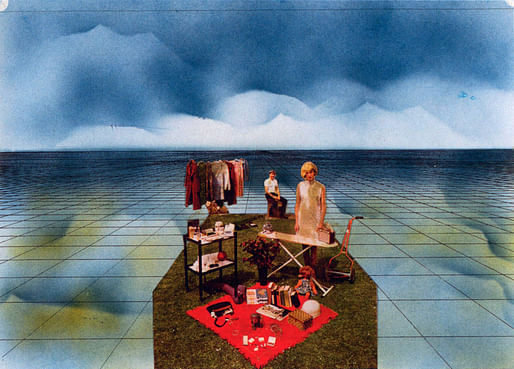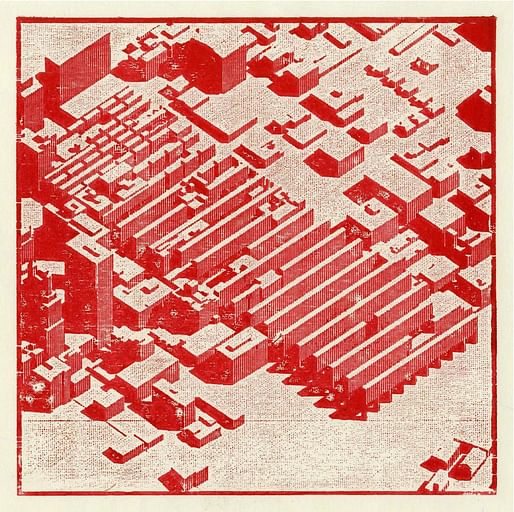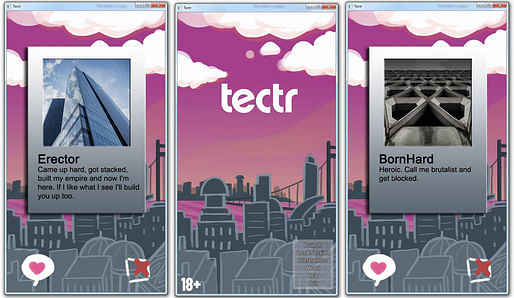

Your dream home is not your grandmother’s, and it certainly won’t be your granddaughter’s. As the modern family evolves in an increasingly unaffordable housing market, with populations pushing out of the suburbs towards downtown, current models of the single family home don’t seem so tenable, or desirable, anymore. ‘Smart’ devices and shared ownership options add invisible degrees of customization, while perhaps at the expense of domestic ownership as the key to financial stability.
With this shift in mind, architecture should undergo a Case Study 2.0 program. How can we define and design what “domesticity” can be for today’s modern family?
The Call for Submissions under our July editorial theme, "Domesticity", is open immediately. We're accepting both editorial and project submissions. Details below:
》Project Submissions: Case Study 2.0
The Case Study homes of the post-war era became icons of architectural idealism and pragmatism, while also setting the tone for what familial domesticity in the modern era could mean (for better or for worse). Today, what is the ideal model for domestic life? What style of residential architecture might best accommodate it?
We want to see your version of the Case Study House, 2.0, designed for your version of the family 2.0. It can be any size, for any definition of the “family” unit, located anywhere, under any ownership model. All of these details should be apparent in the design or project description.
》Editorial Submissions: Realtor Ad 2.0
Before anyone gets to live in a Case Study 2.0 home, it has to be imagined. Using only words, how might you describe such a house and its program? In 500 words or less, write a realtor ad for your ideal version of a home in the Case Study 2.0 program. This can be as formal or as offbeat as you like, so long as it conveys the idea of what the house looks/feels like, who it’s for, where it’s situated, what it costs, its scale, and what can happen inside.
The deadline for submitting is Sunday, July 24 at 11:59 pm (PST).
For more information, and to submit, fill out this form.
Still have questions? Ask Amelia.
Here are some projects we've featured from prior open calls:
May 2016, Help:

One student's solution to the permanent limbo of refugee camps
April 2016, Sex:

Tectr: Tinder for architecture?
March 2016, Money:

Meow Parlour is a modern hangout for NYC's adoptable cats
February 2016, Furniture:

6 Comments
In the face a ever-shifting social map, and a rapidly evolving technological environment, maybe what people really yearn for in their homes is a return to the natural, the local, the handmade, the simple and lean.
I agree with EKE. We're surrounded so profusely with harsh technology, energy fields that do not feel like home. In a multiverse of artificial energy fields, the need to connect to our roots, connect to matter and materials more organic is heightened. No wonder homes with wood and ceramics and bricks and fabrics feel warmer than those with steel and glass.
you two need to evolve. the world changed. time doesn't stop just because you get old or because you're a boomer.
So you don't like the current technology, make it better. So many Architects resist reject and turn their noses up at technology and social media. Do you think that's a tenable position to be in as a contemporary architect?
Actually, as a millennial, I think EKE has a point. Most people my age that I know aren't looking to shove social media into their faces 24/7, and are actually taking steps to reduce their consumption of it. The fantasy of every surface being a touch screen is actually pretty unattractive to me, and I don't know a single young person (who is not an architecture student) who wants to live in a glass box.
I think the better implementation of technology in architecture is more subtle - smarter building systems that improve quality of life (indoor air quality, thermal comfort, adaptive lighting, etc).
Thanks Schoon. An interesting parallel to this is with the Slow Movements. Slow food is a perfect example. In the midst of technology that allows us to pump out food rapidly, to pump it full of preservatives so that it will survive trucking it or flying it across the globe, people are saying, "you know, in certain areas of my life, I don't want to immerse myself in the tech. I want to be in a closer relationship to the natural world."
Just because we have the tach, and CAN do something, doesn't mean we must, or ought to. Technology should serve us, but we should not fetishize it.
Block this user
Are you sure you want to block this user and hide all related comments throughout the site?
Archinect
This is your first comment on Archinect. Your comment will be visible once approved.